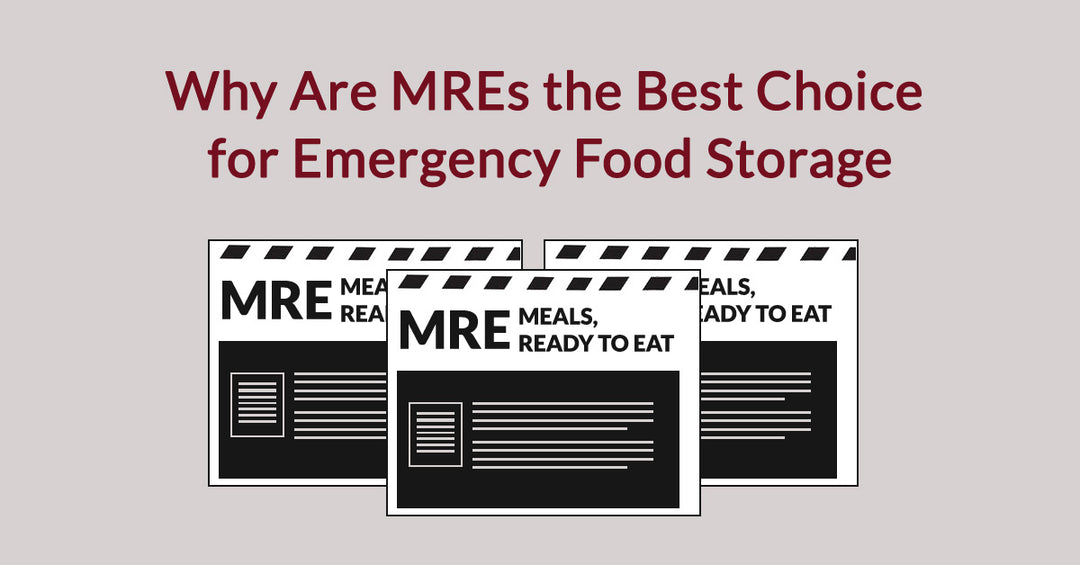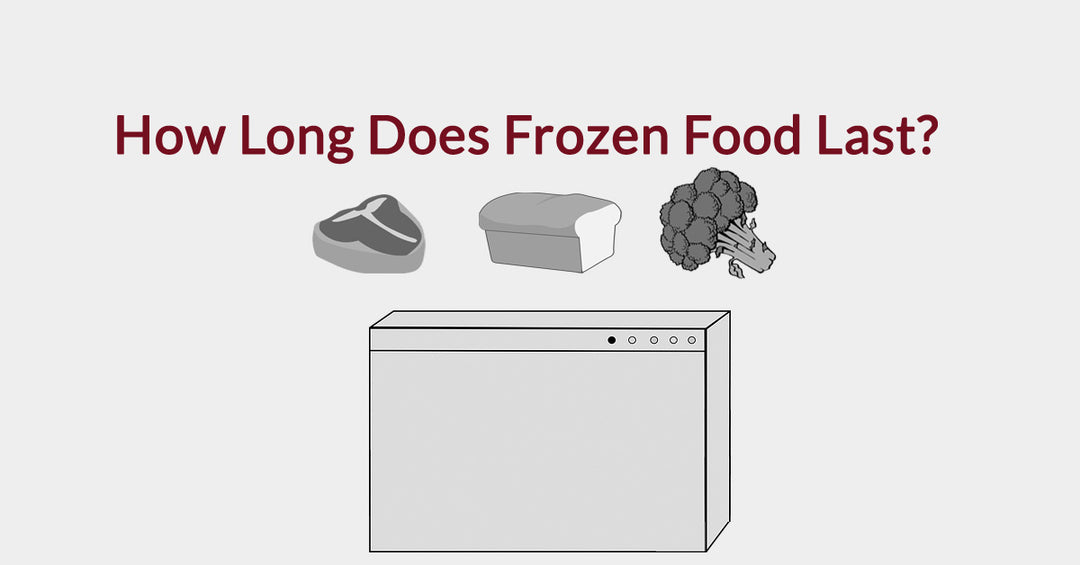MREs Are Perfect for Your Next Camping Trip

Camping, hiking, and everything related to the great outdoors can be an amazing experience. It's a chance to leave all the worries of the modern world behind for a while. But that relaxation requires some significant planning, and a major part of which is deciding what you will bring to eat.
Picking & Packing Meals
Even experienced campers will sometimes make mistakes when packing their meals. One of the biggest issues is that the modern world has changed food from a huge concern to an afterthought. Most of us can grab some food at any point in the day without much effort.
For many people, camping may be the first time that they can't count on a continual supply of food from convenient sources. That's why it is so important to plan out your meals for camping trips accordingly.

Points To Consider When Packing Food
There are a few important things to consider when packing your food for a camping trip. Space and weight are two of the most important points. You'll almost certainly need to carry all of our supplies at some point in the trip. Think about all of the food in a pantry or fridge. Now imagine trying to carry those supplies on your back. You need to focus on keeping your food light and compact.
We also need to make sure that your food won't go bad. Coolers can keep food fresh for a little while, but in general, the amount of space taken up by a cooler just isn't compatible with longer. more remote outdoor experiences. It's just not a very good return on the amount of effort required to move it around. Anything that requires a cool temperature, such as the food in our fridge or freezer, just isn't well suited to outdoor storage.
You also need to consider how filling a meal is. This takes most junk food off the table. Even fairly compact junk food, like a candy bar, isn't very filling. Junk food isn't called empty calories for nothing. Most of it is digested pretty quickly and doesn't have the protein, fiber, and other nutrition needed to satiate us. The same goes for the vast majority of cereals.
Finally, you also have to consider taste. It is ultimately subjective, but finding food portable, lightweight, and isn't just a utilitarian experience can be challenging. You should be able to enjoy your meals while outdoors the same way you enjoy any other part of the experience.
We need food that's portable, won't go bad and has the nutrients which will keep us fed and content. There is one type of meal that's specifically designed to meet all of those points. They're called MREs, or meals ready to eat.

Meals Designed for Trails and Camps
Most people aren't very familiar with the modern MRE. These meal kits were originally designed by the United States Department of Defense for its armed forces. MREs were first rolled out for US troops in Vietnam. These packages were a huge improvement over prior military rations. Before MREs, combat rations were almost entirely utilitarian. Taste was hardly even an afterthought.
The first MREs were designed with a different mindset. Researchers realized that taste was an important part of any meal. People will often only eat a portion of a meal if it doesn't taste very good. This leaves them unprepared for the physically trying experiences ahead of them.
What's more, suffering through unpalatable tastes can take a huge toll on morale. The Department of Defense was determined to create the perfect meal for troops. And they were finally able to solve the flavoring problem with MREs. Some of the flavors were so good that they changed the entire countries preferences. For example, hot sauce was a common addition to MREs. This may well be one of the reasons why it became a popular condiment in the US.
Of course, there's more to a meal than just taste. The MREs sent out to Vietnam also contained everything an active individual would need to stay healthy and sated. A single MRE contained everything we could want in a meal. They contained enough protein and calories to fuel even the most grueling hikes through the wilderness.
What's more, the MREs had a shelf life of about five years. This made MREs a perfect survival food. And people would start to leverage MREs as survival food for any difficult environment. Today, people commonly stock MREs as a precaution against natural disasters. And all of these points hit the issues we face when packing for a camping trip.

Setting Up Camp With MREs
Going through the Department of Defense's reasoning we can see almost every point that we've had to keep in mind when considering a campsite. The reason why troopers needed to march through Vietnam is obviously very different than a modern-day vacation. But the requirements aren't much different from setting up a camp of our own.
The MREs satisfy our requirements for taste, nutrition, satiety, and weight. MREs will often even come complete with extra utilities. For example, some MREs are self-heating. Others might come with eating utensils. But in general, they all adhere to one important point. MREs are designed around the needs of people who are working hard in outdoor environments.

Additional Points To Consider
Finally, there are a few additional points to consider when looking at MREs for a camp. One of the biggest is that there's a big difference between a relaxing day in the woods and a hike. The average adult man, when sedentary, needs about 2,400 calories and the average woman needs about 2,000. That equals out to about two rather than three MREs. We can typically save even more space by just going with two real meals from MREs and a light snack in between.
If we go this route then we can also add in some items to further balance out the MRE's nutritional profile. For example, raisins have a shelf life of about six months to a year. They also have a large amount of extra fiber. So using them as a snack between two main courses of MREs would be a good fit for most outdoorsmen.
We should also put some care into mixing up the flavors. Again, it's important to make sure that we're enjoying ourselves. If the point of a trip is relaxation then we should be able to enjoy each meal. This usually means having a wide selection of different flavors for our MREs. We'd ideally want to make sure that we don't eat the same flavor twice in any given day.
If we keep all of these points in mind then packing for a trip should be a quick and easy process. Items such as clothing and shelter are usually a lot easier to manage than nutrition. But once we know where our next meal is coming from we can finally relax and enjoy the great outdoors.




